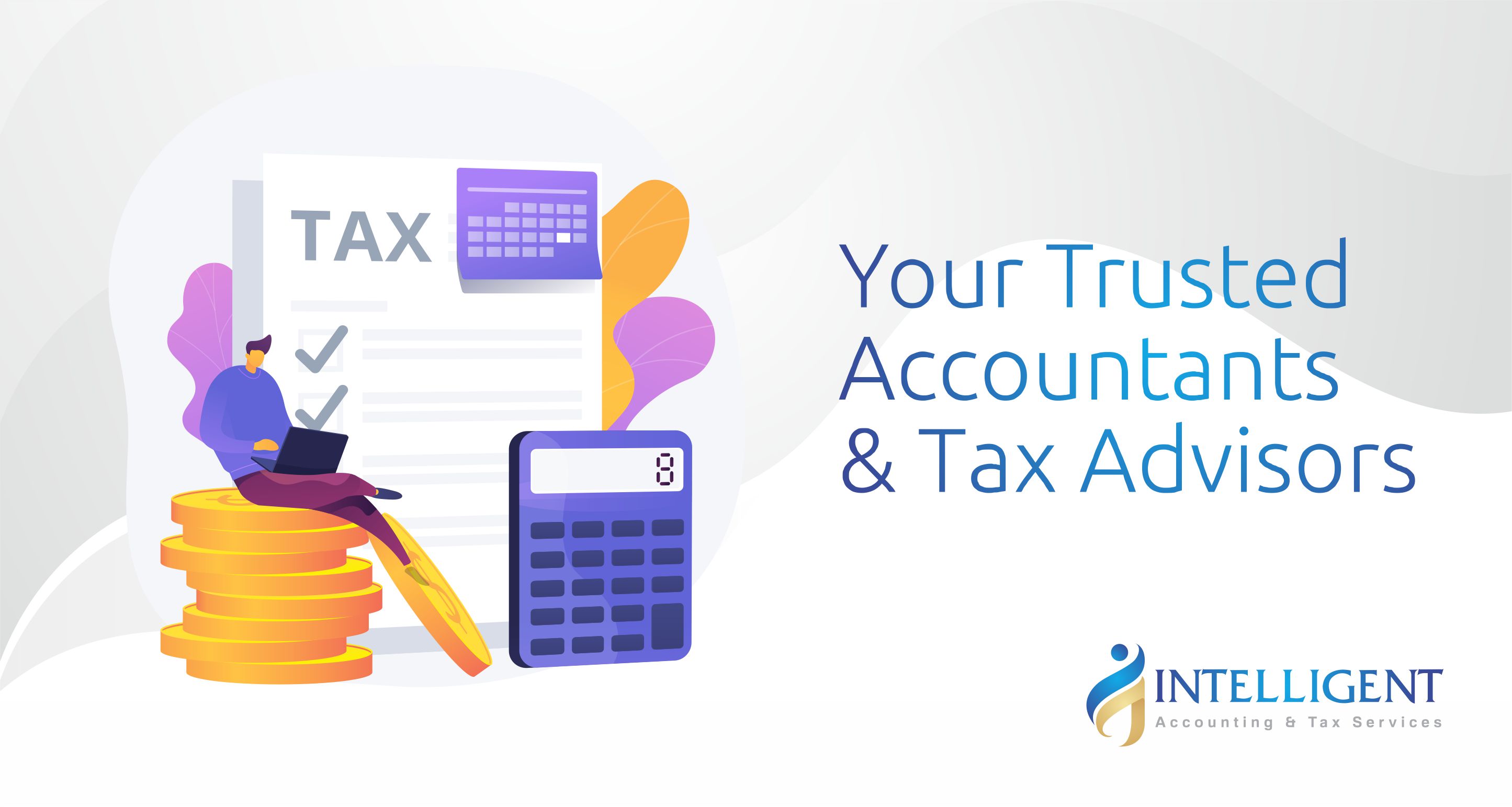PAYG (Pay As You Go) withholding is a critical system in Australia where employers deduct a portion of their employees' payments for tax purposes and remit it to the Australian Taxation Office (ATO). This approach ensures that employees do not face a hefty lump sum payment at the end of the income year when lodging their individual tax returns.
One significant reason why you might owe additional tax for an individual tax payer is if you have multiple jobs. If you claimed the tax-free threshold for each job, this could result in less tax being withheld overall. It's essential to advise your secondary employer(s) immediately so that they can update your tax records in their payroll system.
Another factor is extra income. Any additional income sources, such as investments, rental income, freelance work, or interest income, can increase your taxable income and potentially lead to owing more tax at the end of the financial year.
Incorrect withholding by your employer can also be a reason for additional tax liability. For example, if you have a HELP/HECS debt, but this information was not correctly updated in their payroll system, or if your employer used outdated tax tables or incorrectly calculated payments for special circumstances such as termination or leave payments.
Understanding these factors can help you better manage your tax obligations. It's essential to keep your tax records accurate and up-to-date, and if needed, consult with a tax professional to ensure that you meet your tax obligations and avoid any unexpected liabilities at the end of the financial year. By staying informed and proactive, you can navigate the complexities of PAYG withholding with confidence.
Disclaimer: The material and contents provided in this blog are general guide and informative in nature only. They are not intended to be seen as legal and tax advice. If expert assistance is required, you should seek your own advice for any legal, tax or investment issues raised in your affairs.

